
By Akintayo Abodurin/234 Next
The debate about the place of history in literature was rekindled at the 28th play reading session of the National Troupe of Nigeria (NTN) held inside Cinema Hall II, National Theatre, Lagos, on April 22.
How much of historical facts can a writer include in a work? Is a writer free to adapt history? If yes, to what extent? These were some of the issues generated from Muyiwa Osinaike’s ‘Mary Slessor: Abolition of the Killing of Twins in Nigeria’, read at the occasion.
Started 14 years ago as a critique session to help playwrights improve their works-in-progress before publication, Osinaike’s script generated healthy debate at the forum. The fact that his subject is a familiar one did not help matters, as people tore into the playwright for his perceived interference with history during the discussion.
Perhaps judging from the title of the work, people expected Osinaike, founder and Artistic Director of Black Marble Dance Academy, to focus more on the activities of the European missionary. His own ‘Mary Slessor’ instead, centres on the abolition of the killing of twins in Okoyong, a village in Calabar. His plot concentrates on the King of the village who discovers, towards the end of the play, that he has a twin brother. The brother, a missionary, walks into the village at the end of the play and causes an uproar because of his tattered clothes. Villagers think their king has gone mad, and started to look for ways to cure him before they realise it is the twin. Osinaike also portrays Slessor as a crown agent, and not the altruistic missionary of popular belief.
Sustain the suspense
Deputy Director, Dance, of the National Troupe, Arnold Udoka, was the first to comment after the reading. He noted that the playwright did a good job structurally but “didn’t sustain the suspense.” He advised Osinaike to re-examine the play’s ending and how the brothers meet. The choreographer also observed that most of the names in the play are more Akwa Ibom than Okoyong. He gave instances: “The use of crown should be Ntinya. You may have to establish Mary Slessor as a character, because she owns the play. Likewise, twins are called ‘Amananba’ and not ‘Amaniba’, which means ‘mother of twins’,” he added.
This is not history
While Udoka’s issue with the play focused on its structure, typos and interpretation of names, Mike Anyanwu, NTN’s head of Corporate Affairs, was concerned about the accuracy of historical facts presented in it. “This is a beautiful Nigerian comedy of errors, but the play falls far short of a play that should be titled ‘Mary Slessor’. It is not about Mary Slessor and she wasn’t a crown agent. This is falsification of history, it’s not true history. Mary Slessor was purely an evangelising missionary, rather than a political exploiter under the British,” Anyanwu said.
He added, “Apart from Mary Slessor, every other character is not drawn from history, they are fictitious. This is not history, sir!” Anyanwu advised Osinaike to change the title “because it doesn’t reflect the true historical activities carried out by Mary Slessor in that region.”
It is history
Chair of the session, Funmi Domino, would, however, have none of that. He defended the playwright saying, “There is no strict order in a work of imagination. The playwright has the liberty to use history as he pleases. A writer has the creative licence to change the turn of history. He may not chronologically follow events as recorded by history. This is not an anthropology text where historians have to record events as they unfold accurately.” He later disclosed that he was also irked by some parts of the play. Domino said he thought Osinaike was an evangelist himself out to preach, with the way he disparaged traditional religion.
Acting Director General of the National Troupe, Martins Adaji, also appeared to support Osinaike, albeit indirectly. “Don’t let’s mix the freedom of the playwright with historical facts. This is a director’s play; it gives us the liberty to embellish and put what you think is good enough. The play has the potential of blossoming into an epic play. If a play has corrected an historical error, it’s a good play,” he said.
Josephine Igberease, another official of the NTN, advised playwrights to “be definitive. Let’s know if you are being historical”, while writing a script.
Artist and scholar, Sola Fosudo, enjoined Osinaike who will direct ‘We’ , a presentation of the Dance Guild of Nigeria for the country’s Golden Jubilee, to consider the title of the play because an average reader would like to know more about Mary Slessor’s history. “The playwright should put more songs in the play and consider some sub-plots to go with the linear plots,” he added.
Film critic, Shuaibu Husseini, wondered why Osinaike changed the original title of the play from ‘Amaniba’ to ‘Mary Slessor’ when there is no link between the missionary’s activities and her eventual recognition by the Queen of England in the play.
But rather than be discouraged by the comments, Osinaike, who wrote the play in 2001 when he went for a research work in Akwa Ibom, took it all in good spirit. “I will go back to the sites and research again and get Mary Slessor right. I’m not going to change the title. I will research Mary Slessor in Arochukwu and in other areas. By the time I finish, I will have a compendium on Mary Slessor. If it’s going to take me another year, I will go.”

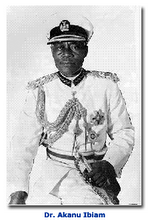
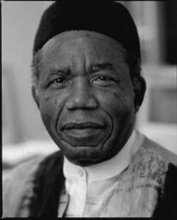

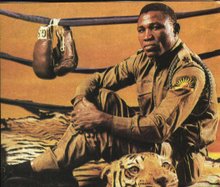
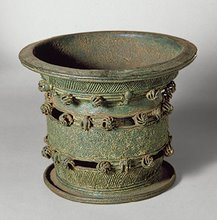
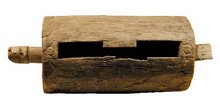
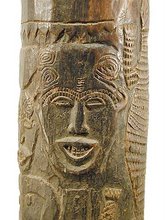
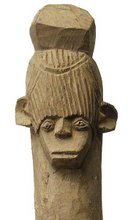
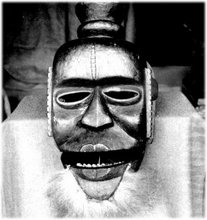

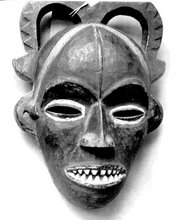
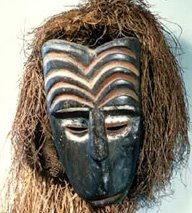
No comments:
Post a Comment